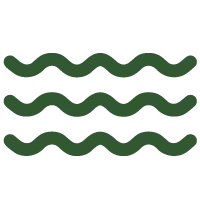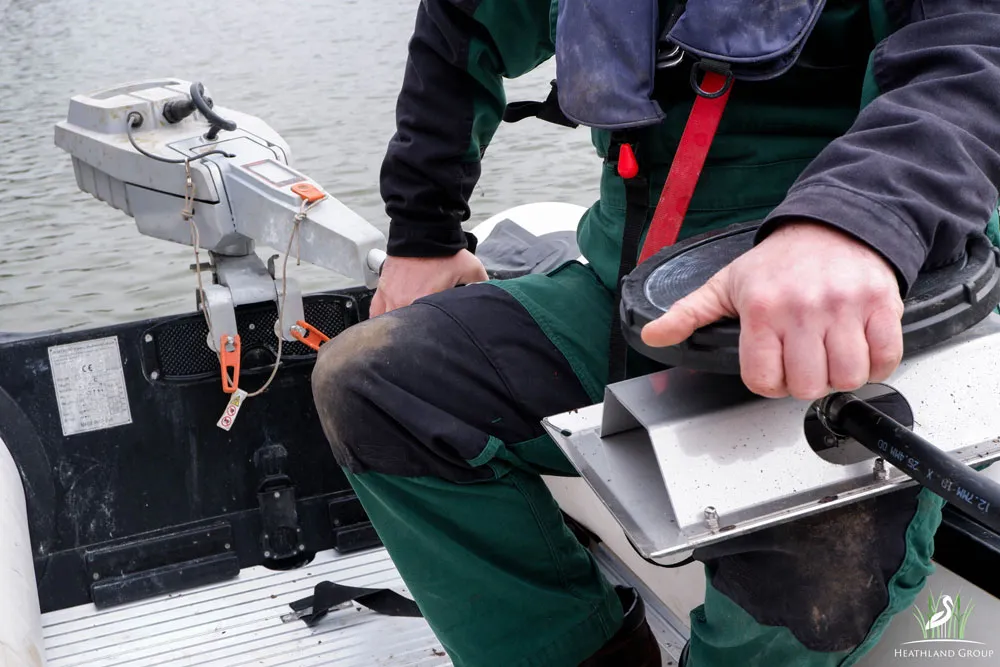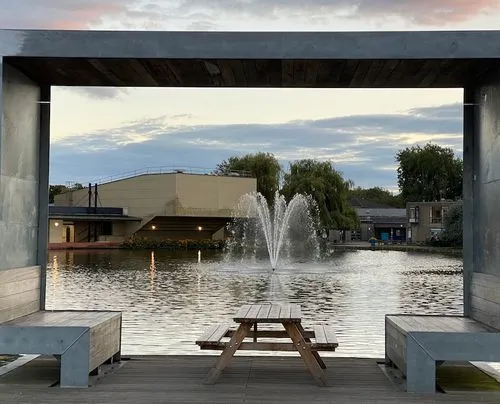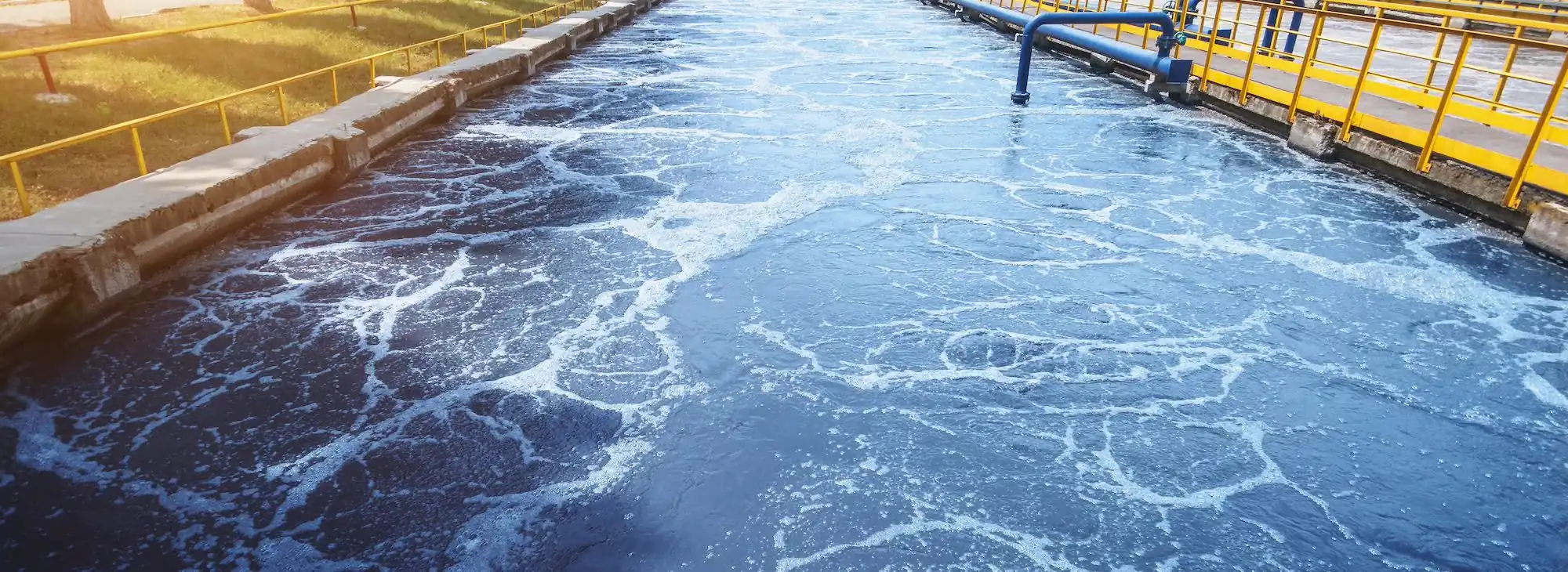Bezpłatne konsultacje
Zadzwoń do nas: 0333 0384 103
Przeglądaj według kategorii




Najnowsze studia przypadków


Przeglądaj według kategorii



Najnowsze studia przypadków


Przeglądaj według kategorii







Najnowsze studia przypadków


Przewodniki kupowania


Blog - Centrum Badań i Innowacji
Przeglądaj według kategorii



Najnowsze artykuły


Przeglądaj według kategorii







Najnowsze wiadomości



Przeglądaj według kategorii




Najnowsze studia przypadków


Przeglądaj według kategorii



Najnowsze studia przypadków


Przeglądaj według kategorii







Najnowsze studia przypadków


Przewodniki kupowania


Blog - Centrum Badań i Innowacji
Przeglądaj według kategorii



Najnowsze artykuły


Przeglądaj według kategorii







Najnowsze wiadomości





Rozproszone systemy napowietrzania to świetny sposób na utrzymanie stawu, jeziora, rybołówstwa lub zbiornika w stanie.
Instalowane są systemy napowietrzania rozproszonego powietrza, aby zapewnić stratyfikację termiczną. W cieplejszych okresach wodnych zbiorników będzie cierpieć z określoną stratyfikacją termiczną, która będzie miała miejsce, gdy woda w stawie, jeziorze lub zbiornik zostanie umieszczona na warstwie. Górna warstwa będzie zawierać bogatą w tlen, cieplejsza woda, podczas gdy dolna warstwa będzie składana z chłodniejszej wody z niedoborem tlenu. Te dwie warstwy są widoczne i są znane jako termoklina. Powodem, dla których górna i dolna warstwa nie mieszka, are różnice w gęstości w obrębie termokliny.

Rozproszone systemy napowietrzania pracują poprzez pompowanie powietrza przez membrany w postaci drobnych postaci. When bąbelki te przemieszczają się na powierzchni wody przez warstwy rozwarstwiania termicznego, to jest to woda chłodząca z dolnej warstwy w górę. Następnie woda staje się naturalnie natleniona, gdy dociera na powierzchni.

Z cyrkulacji i napowietrzania niższe poziomy mogą być uwalniane toksyczne gazy, które normalnie będą uwięzione w dolnej warstwie. Następnie utrzymuje się siedlisko dla wodnego życia. Proces ten określa warunki zdrowe na niższych poziomach stawu lub jeziora. Te procesy mikrobiologiczne tutaj mogą naturalnie stosować składniki odżywcze, które w przypadku wytworów są szkodliwe dla wodne chwasty i glony. Uszkodzone wodne chwasty i glony zatykają jezioro lub zbiornik i obniżają jakość wody.
The organic development of organic in stawie lub jeziorze, using an system of the air of the oil by the time of the oil of the water systems in other animal.
Kliknij link, aby uzyskać więcej informacji o temacie rozproszone systemy napowietrzania.

Czasami brak dostępnej mocy oznacza, że wymagany jest specjalistyczny system napowietrzania, a wraz ze wzrostem kosztów energii nie ma lepszej opcji niż zasilany energią słoneczną podpowierzchniowy system napowietrzania, który pomoże obniżyć miesięczne koszty energii.

Nękane przez brzydkie glony powodujące zieloną wodę z grochu i niepożądane zapachy, jezioro Longleat Forest desperacko potrzebowało natlenionej wody i mieliśmy odpowiedni system napowietrzania wody, aby to zapewnić. Nasz wyprodukowany we własnym zakresie rozproszony OxiAir HD®...
Przeczytaj cały artykuł
Napowietrzanie ścieków jest kluczowym procesem w oczyszczaniu zanieczyszczonej wody, w którym powietrze jest celowo wprowadzane do ścieków w celu ułatwienia wzrostu i aktywności mikroorganizmów tlenowych. Ta metoda wykorzystuje moc tlenu, aby wspierać metabolizm...
Przeczytaj cały artykuł
Duże fontanny do jezior są popularną cechą, która dodaje estetyki i poprawia wrażenia wizualne jeziora. Te fontanny są zaprojektowane tak, aby tworzyć imponujące wyświetlacze strumieni wody, wzorów, a czasem zsynchronizowanych efektów świetlnych.

Fontanny i aeratory Heathland skontaktował się z klientem krajowym w Essex w celu uzyskania wyceny w maju 2019 r. Klient ma jezioro na swojej posesji, gdzie potrzebował pływającej fontanny jeziornej do napowietrzania. Oświetlenie fontanny, aby stworzyć oszałamiającą wieczorną ekspozycję ogrodu, również stanowiło część raportu klienta.

W Heathland Group oferujemy dwa rodzaje napowietrzania jeziora, napowietrzanie rozproszone i napowietrzanie pływające, aby pomóc Ci skutecznie napowietrzać jezioro. Rozproszony aerator pompuje powietrze przez membrany dyfuzora, które następnie przemieszcza się na powierzchnię w postaci milionów drobnych pęcherzyków...

